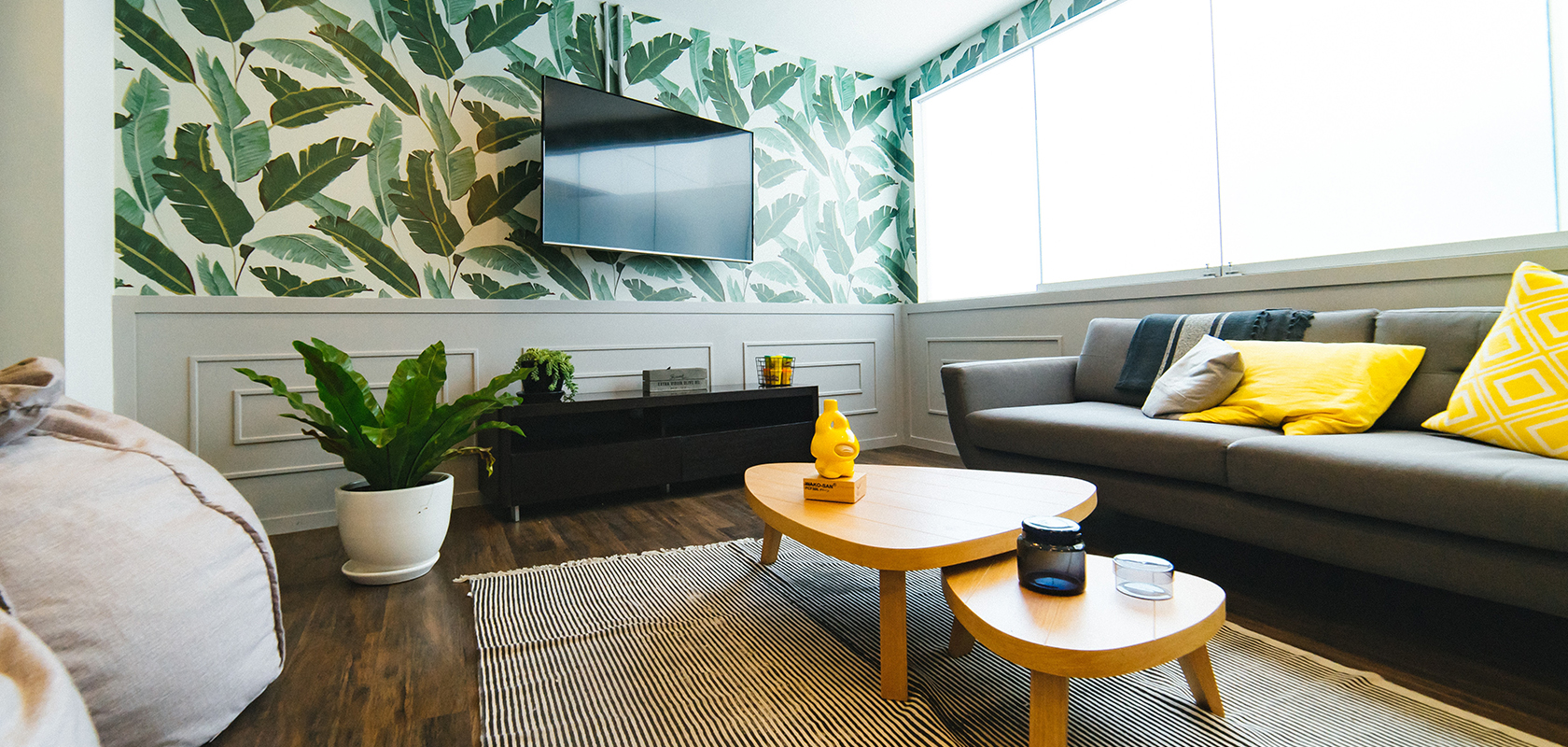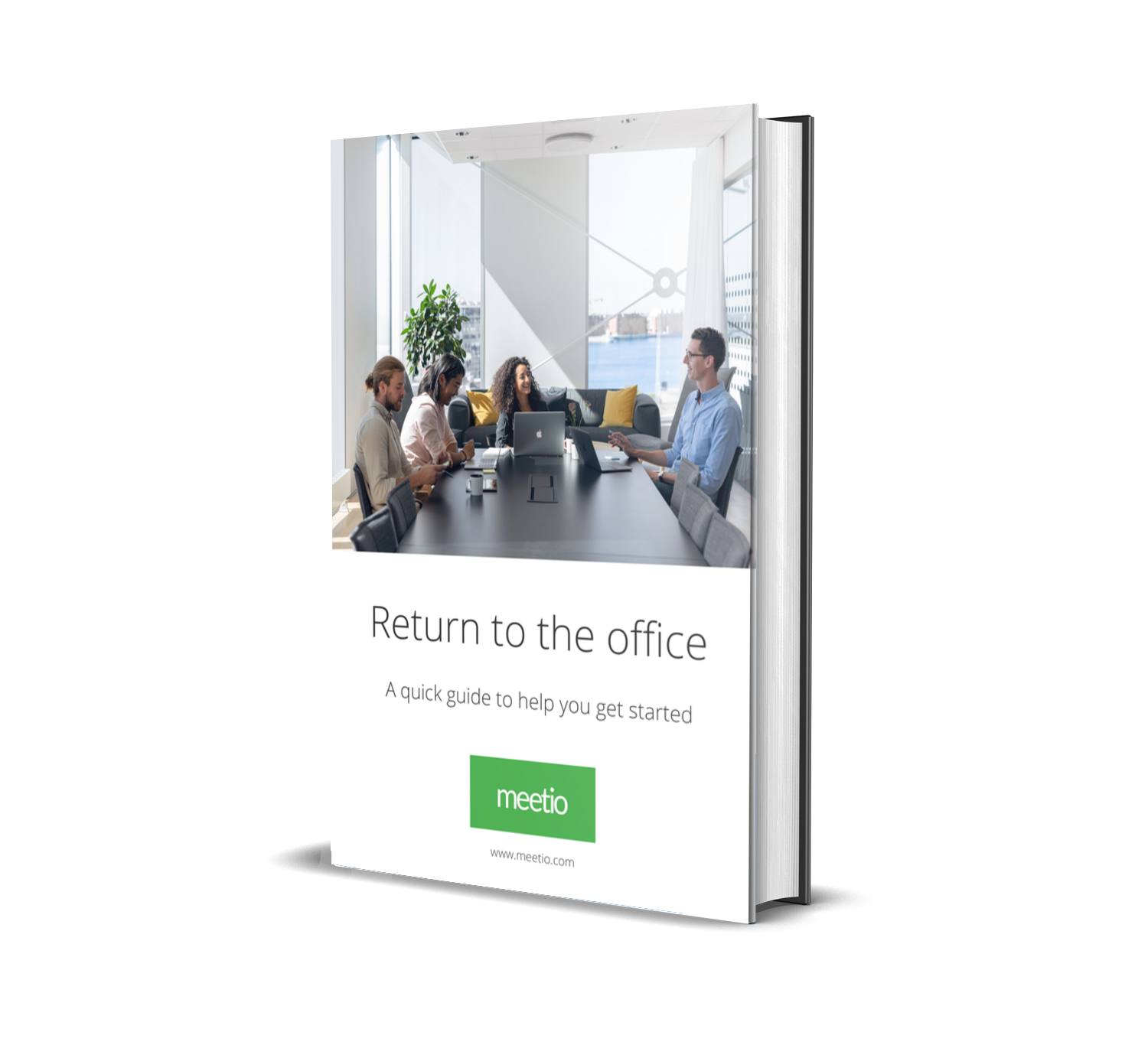
It’s time to talk about working remotely, or at the office, or wait - what is it again? The next part in our series addresses one of the biggest trends for 2021 in office design. Domesticated offices and remote design stem from the same place. They are both created to mimic designs of places where we choose to work when they’re not in the office - they just do it in different ways. The question now is which one is the best or is any of them a good idea at all?
So, to set the record straight. Working remotely has its pros and cons. It has scientifically been proven that a lot of us are more productive when working remotely from home, for example. Therefore, it should not come as a surprise that companies would want to mimic the design of your home! It’s clearly an attempt to get the best of both worlds. To keep coworkers at the office and at the same time enable the kind of productivity you would otherwise have at home. But, is that even possible?
Let’s start by looking at the trend of remote design. Domesticated workplaces are a part of remote design, but they branch out in different ways. Remote design entails creating community spaces like those we seek out for ourselves. It can be a hotel lobby, a library or even a bar (basically anything but an office). The goal is to encourage us to want to be at the office, to feel as comfortable there as we would in our private lives.
It often takes form in details such as large couch areas, long tables with bar stools, a beer fridge, game rooms, gyms, spas or sometimes fireplaces. Sounds cosy right? It is. It is also a serious attempt from management to meet our needs and adapt to our changing preferences. The whole purpose is to strengthen the team and create a sense of togetherness.
Domesticated workplaces, on the other hand, are focused on creating the feeling of being at home. It is also a way to encourage those who prefer to work from home back into the office. And it’s done with furnished kitchens, couches, throw pillows, flowers and other objects that signify our homes. The idea is actually brilliant and kind. To create a space that will make you feel more comfortable and relaxed. An office environment can, without wanting to, make people nervous or stressed. So, this has turned out to be a welcomed method and has so far strengthened dynamics and morale for those who’ve tried it.
Studies show that working remotely increases rapidly. The statistics vary between different countries but globally 70% of professionals work remotely at least once a week and 53% work remotely half of the week. Obviously this signals a need for organizations globally that something needs to be done about the office allure. In that aspect, this design trend is both necessary and useful.
The reasons behind this trend are split between encouraging more hours at the office to strengthen the team but there is also an underlying will to reach the same level of productivity at the office as remotely. Given the first reason, this design might actually do the trick. Creating a space where people actually want to be will eventually create a sense of community and be beneficial for organizational culture as well as comfortability for the coworkers. The other reason might not be as easy. See, the reason some of us are more productive when working remotely originates from the feeling of independence and self-leadership. Being at an office, beer fridge or not will potentially inhibit that feeling.
On the other hand, a stronger team can itself enable higher productivity. What do you think? Would you spend more hours at the office if it looked like your living room, a hotel lobby or a bar?
Download our free guide – checklist included.

These Stories on Workplace design
Meetio AB/Logitech Nordics AB
Hamngatan 4
211 22, Malmö
Sweden
Magnus Ladulåsgatan 3
SE-118 65 Stockholm
Sweden
Sweden: +46-(0)10-101 95 60
No comments yet
Let us know what you think!